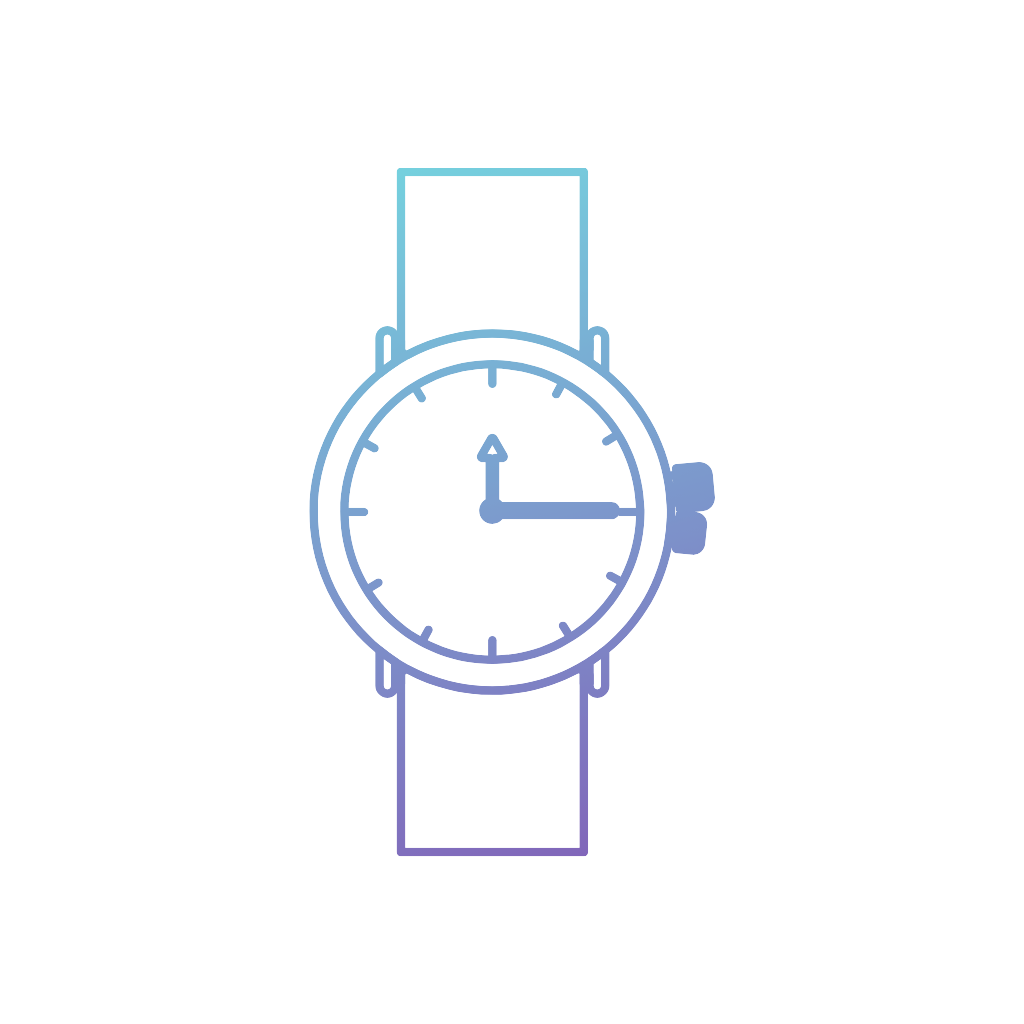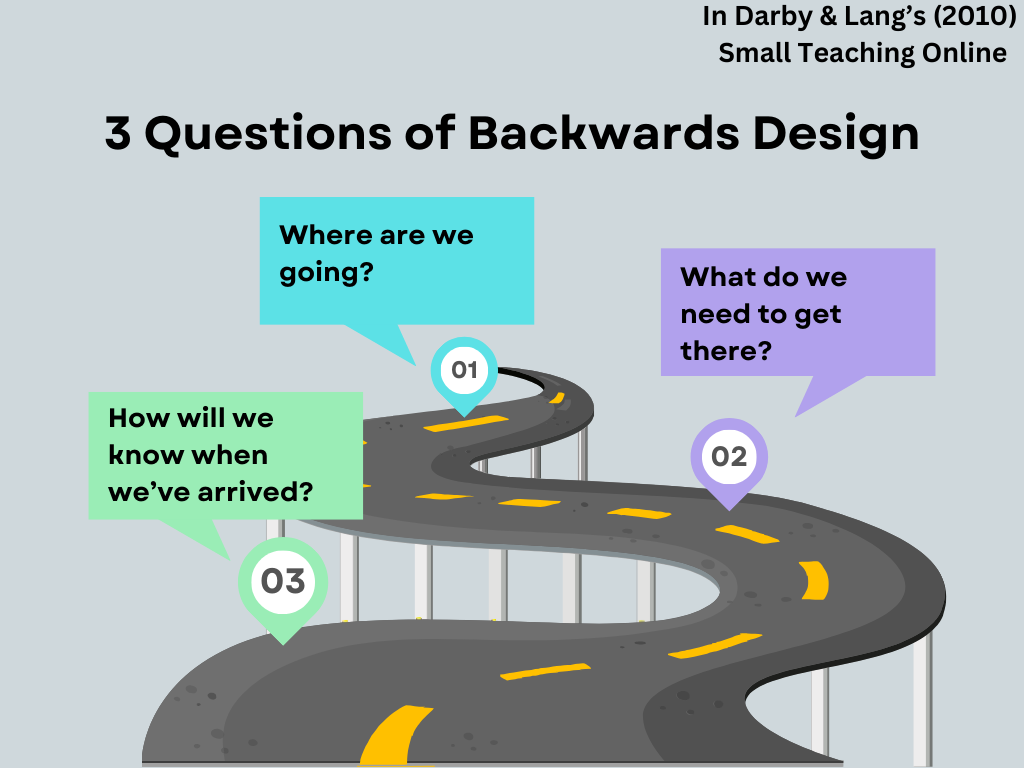Supercharge Your Accessible Course Design
3 Takeaways
Encourage positive behavior to make a difference in learner’s performance
Takeaway tool: three questions as a small intervention
Learners can connect the beginning with the ending of a course
The 3 Questions
As a yoga teacher and online college professor, I discovered that online teachers need to work a little harder than face-to-face teachers. This is especially true for the extroverts like me. The first adjustment I decided to make when teaching my online psychology courses was to improve my poor accessibility standards.
In Universal Design for Learning (UDL), we learn that educators who design for multiple ways of engagement set the conditions for optimal learning agency. Agency simply means that knowing what you do makes a difference. Flower Darby & James Lang’s book Small Teaching Online: Applying Learning Science in Online Classes gave me a principle called Backward Design that sparked my interest in upgrading my teaching style.
My commitment to learner agency is through teaching and practicing UDL guidelines. One of the multiple ways we create environments that are welcoming to learners is to spark engagement in the learning process itself.
Backward Design, in short, suggests you think about your project’s process with the end in mind. It can be designing a course, planning a road trip, or writing an academic paper. In other words, “forget about the content until [you] decide what [you] really want students to learn” (Darby & Lang, 2019, p. 8). The tool for Backward Design comes in the form of three questions:
Where are we going?
What do we need to get there?
How will we know when we’ve arrived?
Three questions of backward design: Where are we going? What do we need to get there? How will we know when we’ve arrived?
For college teachers, that would look like working on the final project in week one or having students write a two-paragraph reflection & response to the course learning outcomes. Now, you are setting the conditions for students to connect the beginning with the ending of their learning road trip.
Yes, the cognitive benefits are documented by neuroscience, which is cool and necessary. Even better, you’ve intentionally designed a means of engagement with the material by optimizing value and relevance. Adult learners really want to know, “Why am I learning this? Is there a point or can I also check my e-mails right now?” You can see that I’ve included my answers to these three questions at the beginning of this post, as they keep me from rambling about irrelevant thoughts (allegedly).
My goal for my students and clients is to create optimal conditions for them to become experts in self-regulation and executive functions. The goal I have for myself as a Learning Scientist is to encourage positive behavior to make a difference in all learners’ performance.
(Advance Your Knowledge: Find out how UDL guidelines foster learner agency that is purposeful & reflective, resourceful & authentic, strategic & action-oriented.)

